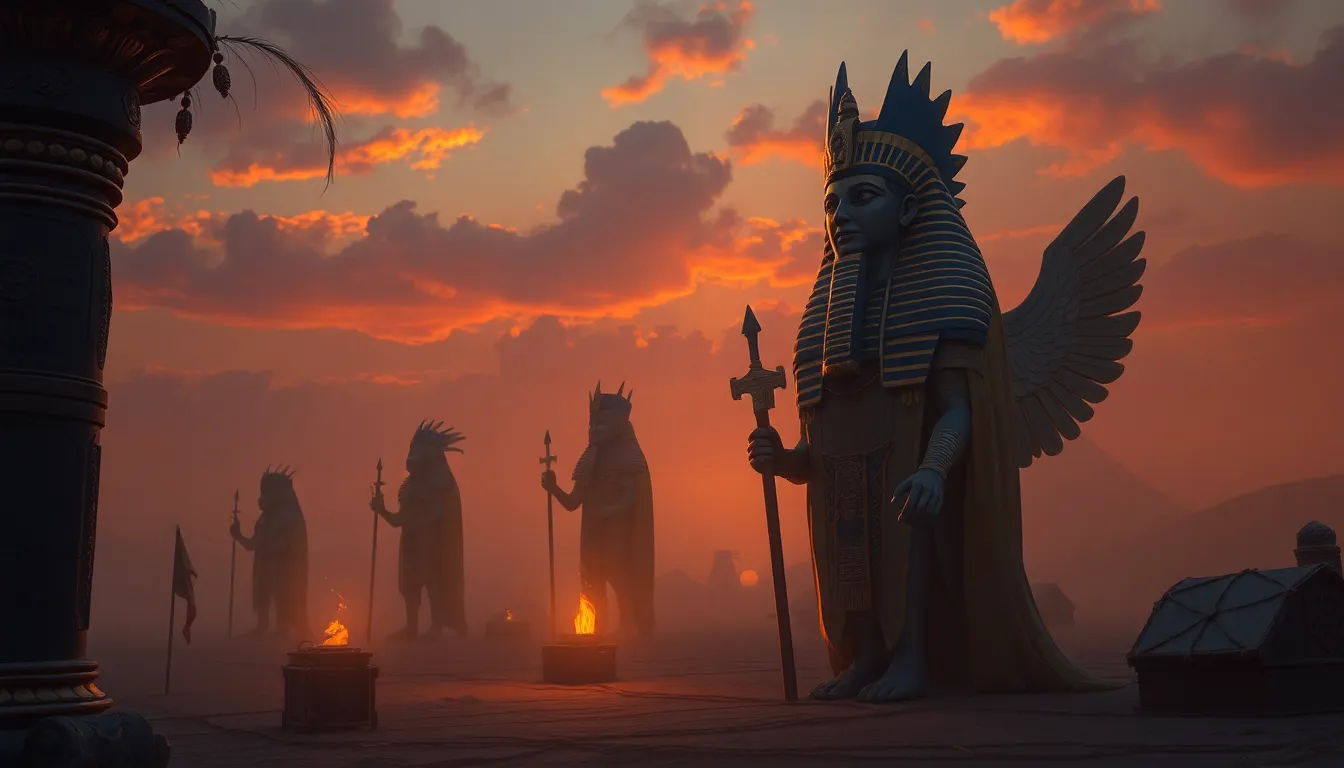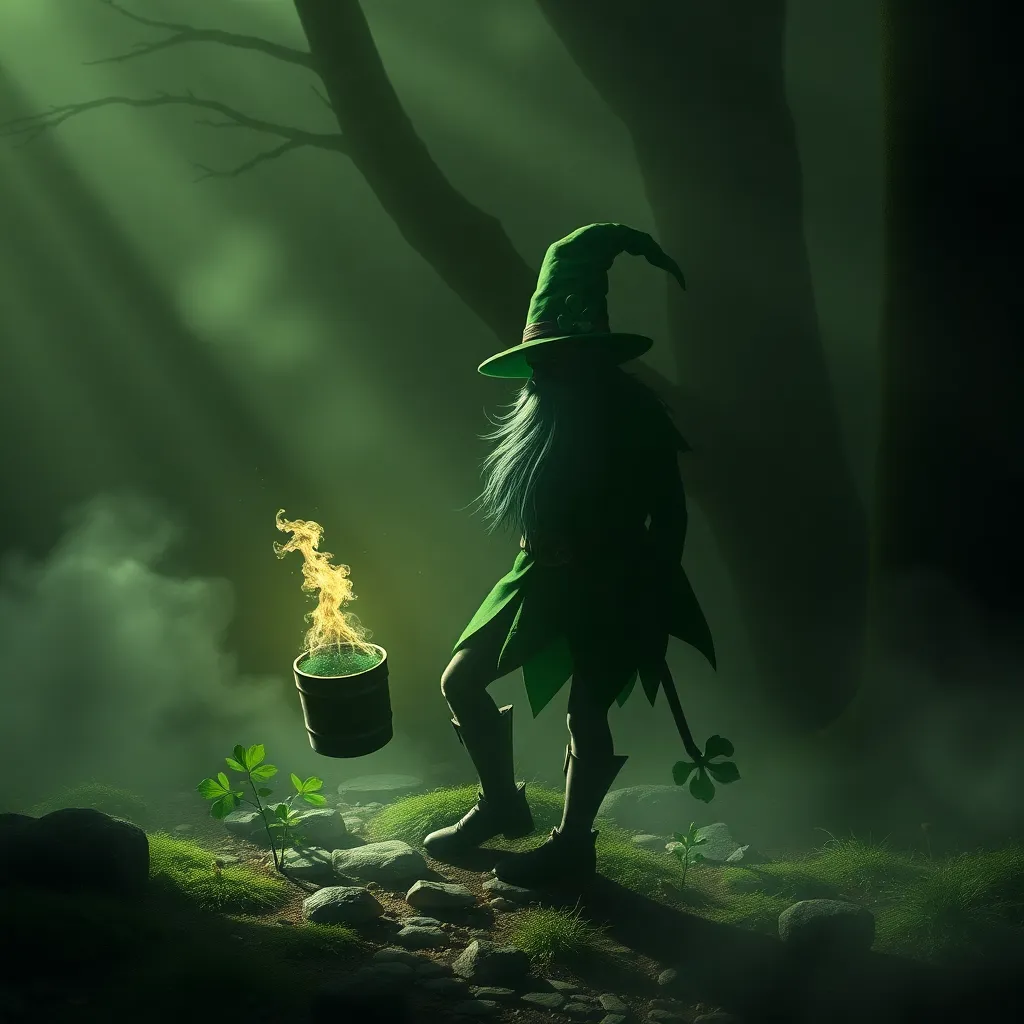The Spirits of the Nile: Exploring the Lore of the Ancient Egyptian Gods
I. Introduction: The Importance of the Nile in Ancient Egyptian Culture
The Nile River, often referred to as the lifeblood of Egypt, has played a crucial role in the daily life and agriculture of ancient Egyptians. Stretching over 4,000 miles, it provided essential resources such as water, fertile land, and a means of transport. The annual flooding of the Nile, known as the inundation, deposited rich silt along its banks, allowing the cultivation of crops that sustained the civilization.
Beyond its practical benefits, the Nile held profound spiritual significance. Ancient Egyptians viewed the river as a divine entity, embodying various gods and goddesses that influenced their lives and the natural world. This article explores the rich lore surrounding the deities associated with the Nile and their enduring legacy in ancient Egyptian culture.
II. The Pantheon of Egyptian Gods: An Overview
The ancient Egyptian pantheon is vast and complex, featuring gods that governed every aspect of life and nature. Among them, several key deities are closely associated with the Nile:
- Hapi: The god of the annual flooding of the Nile.
- Osiris: The god of life, death, and resurrection, closely linked to the fertility of the land.
- Isis: The divine mother and protector, revered for her nurturing qualities.
- Sobek: The crocodile god, representing both protection and danger.
The concept of gods in ancient Egypt often revolved around the embodiment of natural forces. Each deity was a manifestation of the elements that shaped the environment, reflecting the deep connection between the people and their surroundings.
III. Hapi: The God of the Annual Flood
Hapi, depicted as a well-fed man with a large belly and blue or green skin, symbolizes the life-giving inundation of the Nile. He is often shown holding a pot of water or carrying offerings of fish and vegetation. Hapi’s attributes encapsulate the abundance and fertility that the Nile brought to the land.
The annual flooding of the Nile was a critical event for agriculture. It typically occurred between June and September and rejuvenated the soil, allowing farmers to plant their crops. As such, Hapi was revered as a benevolent force, and his festivals were celebrated with great enthusiasm. The significance of the inundation extended beyond agriculture; it was also a time of renewal and hope for the ancient Egyptians.
IV. Osiris: The God of Life, Death, and Resurrection
Osiris, one of the most significant deities in the Egyptian pantheon, is intimately connected to the Nile and its cycles. As the god of fertility, he represents the life that springs from the inundated soil. His mythology revolves around themes of death and rebirth, making him a pivotal figure in the ancient Egyptian understanding of the afterlife.
The myth of Osiris tells of his murder by his brother Set, who was envious of his power. However, Osiris was resurrected by his wife, Isis, and became the ruler of the underworld. This cycle of death and resurrection mirrors the seasonal flooding and retreat of the Nile, emphasizing a deep connection between the land’s fertility and Osiris’s own revival.
V. Isis: The Divine Mother and Protector
Isis, the wife of Osiris and the mother of Horus, is celebrated as the divine mother and protector of all. She is often depicted as a woman with a throne-shaped crown, symbolizing her role as a nurturing figure. Isis is also associated with the fertility of the Nile, believed to bless the land with her divine powers.
Her influence extends into the myths surrounding Osiris. After Osiris’s death, Isis embarked on a perilous journey to find his dismembered body, ultimately reassembling him and performing the rites that led to his resurrection. This narrative highlights her strength, devotion, and the importance of female deities in the spiritual landscape of ancient Egypt.
VI. Sobek: The Crocodile God
Sobek, often depicted as a man with the head of a crocodile, embodies the dual nature of the Nile: a source of life and a potential threat. As a protector of the Nile and its waters, Sobek was worshipped for his ability to control the river’s dangerous aspects, including floods and crocodile attacks.
The cultural significance of crocodiles in ancient Egyptian society was profound. While they were feared for their ferocity, they were also respected for their role in the ecosystem. Sobek’s worship included rituals and offerings to appease him, ensuring that he would protect the people from the dangers of the Nile while also blessing them with its abundance.
VII. The Nile as a Divine Entity
The Nile itself was personified as a deity known as Hapi in some traditions, while in others, it was simply revered as a divine force. This personification reflects the reverence ancient Egyptians held for the river that sustained their civilization. Rituals and offerings were common practices to honor the Nile, including:
- Offering food and drink to ensure the river’s continued fertility.
- Celebrating festivals that coincided with the inundation.
- Building shrines and temples along the riverbanks.
These practices reinforced the connection between the people and the natural world, emphasizing the importance of gratitude for the resources the Nile provided.
VIII. Conclusion: The Enduring Legacy of Nile Deities in Modern Culture
The deities associated with the Nile continue to influence contemporary spirituality and art, reflecting a lasting fascination with ancient Egyptian mythology. From literature and film to modern spiritual practices, the stories of Hapi, Osiris, Isis, and Sobek resonate with themes of life, death, and rebirth.
Moreover, the symbols and narratives surrounding these gods serve as a reminder of humanity’s enduring connection to nature and the cycles of life. As we explore the lore of the ancient Egyptian gods, we uncover not only a rich cultural heritage but also insights into the timeless human quest for understanding and meaning in the face of the natural world.




